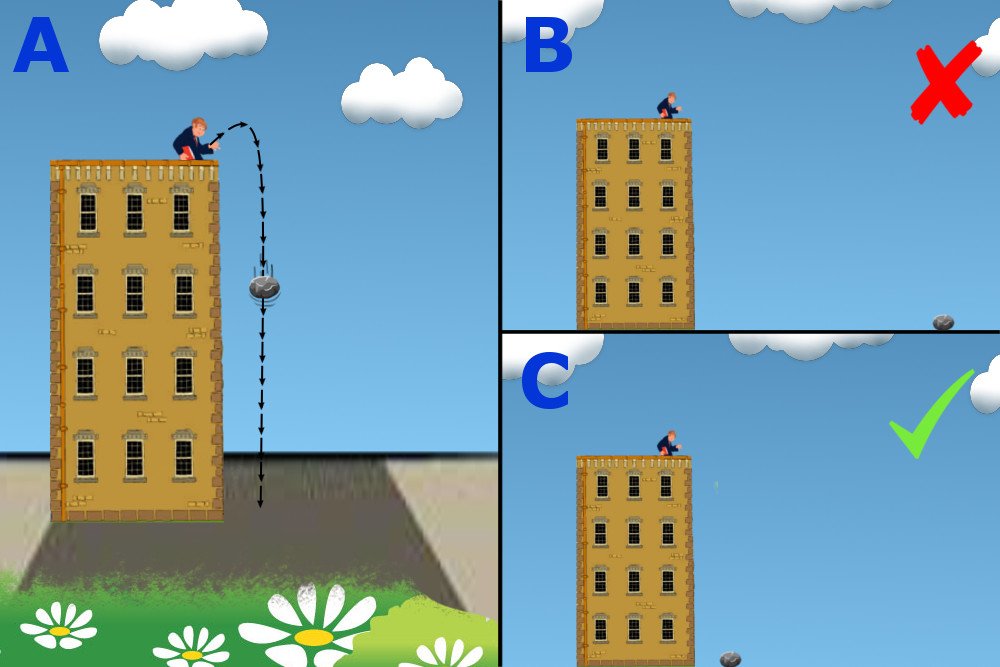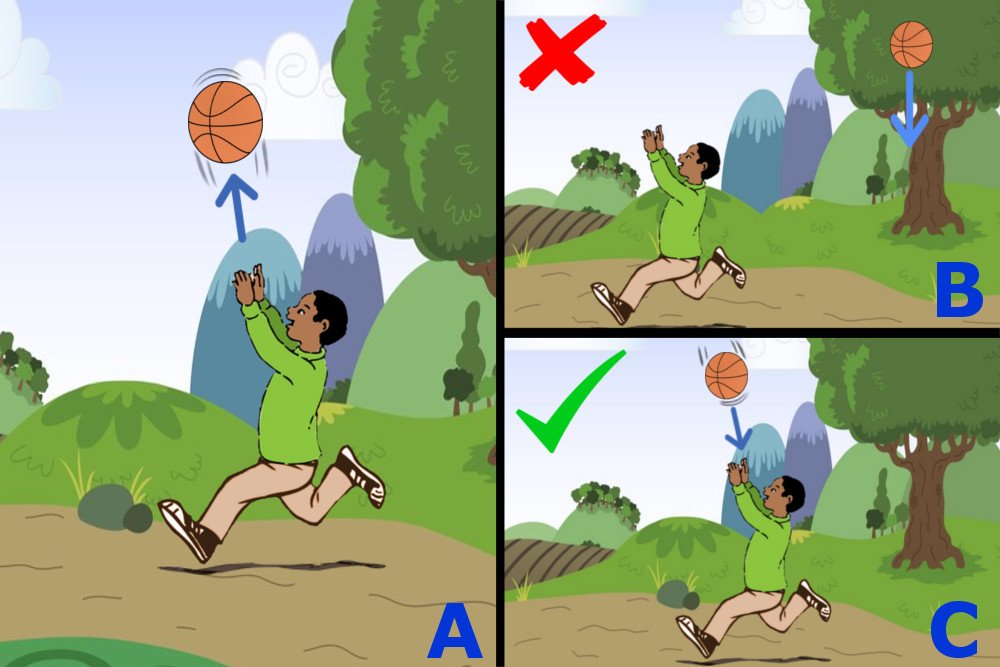The answer to this question is two-fold. First, the atmosphere is not still – it is also moving VERY fast. Second, the rotation of the Earth makes it so that a plane cannot go straight up and let the Earth pass beneath it.
The answer is – NO, you cannot have an airplane go straight up and let the Earth pass underneath to reach your destination, unless you are willing to burn an incredibly large amount of fuel and make the journey downright uneconomical.
This is something that I used to wonder about quite often when I was a kid. However, if you pause for a moment and consider the idea, that line of thinking is not completely illogical, right? We all know that Earth spins on its axis and completes one rotation every 24 hours. Following simple reasoning, why can’t airplanes simply take off, go straight up into the sky and then hover at a higher altitude for a while, letting the Earth spin underneath? When the intended destination comes into view below, the pilot can make a quick landing.
‘Using this technique, wouldn’t we be able to save a lot of fuel, thereby reducing the costs of flying to a great extent?’
It may seem intuitive, but just try proposing this to a member of the aviation industry. Their response will be something like this….
How Fast Does The Earth Rotate?
There are certain things in the world that we know are true without the need for any explanation. Just as we know that 2+2 equals 4, rather than 5, we also know that Earth rotates on its axis all the time. However, since we don’t live in a tiny world where we can see mountains, forests, buildings and other structures spinning endlessly, the rotation of Earth becomes quite difficult to visualize. That’s why we tend to ignore its effects, which leads to questions like the one proposed in the title of this article.
Even so, just because we don’t see things spinning around us doesn’t mean that the Earth isn’t spinning too. In fact, it’s spinning extremely fast. At the equator, the rotational speed of the planet is at its maximum – 1037 mph (1670 kmph) (Source), and this speed decreases as you move away from the equatorial regions towards the poles. This rotational speed is faster than many things on the planet, including the fastest trains and cars, and even a bullet! So, one thing should be very clear…
Also Read: Why Don’t We Feel The Earth Spin On Its Axis?
The Atmosphere Is NOT Still; It’s Also Moving VERY Fast
Another thing that people mistakenly assume is that the atmosphere just ‘sits there’ enveloping the entire Earth. However, it doesn’t work that way. The atmosphere is not a single entity; rather, it is a collection of gases and other constituents that moves along with the Earth. It would have escaped millions of years ago, in fact, or not even existed in the first place, if not for the strong gravitational pull of our planet, that keeps it adhered and prevents the gas from escaping into space.
The main takeaway from this is that, due to the rotation of Earth, the atmosphere gets ‘dragged’ along the surface of the planet, as opposed to being stationary.
Also Read: Why Do Stars Appear To Be Stationary If The Galaxy Is Constantly Moving?
Why Can’t Airplanes Go Straight Up And Let The Earth Pass Beneath?
Now that we’ve looked at the two important factors involved in this proposed idea, it should be much easier to understand the reason behind our brusque answer of “No”. Consider this: when you drop a stone from the top of a building, it falls next to the base, not meters away due to the spin of the Earth.

Following the reasoning of ‘going straight up and hovering in the sky’, shouldn’t the stone fall at least a few meters away from the base of the building? Between the time you released the stone and the time it hit the ground, didn’t the Earth spin, thus moving the base of the building away?
Similarly, when you throw a ball in the air while walking, it lands in your hands, not somewhere behind you. Going by the above logic of hovering in the air, the ball should land behind you because you moved away beneath the ball as the world turned.

However, that doesn’t happen. Similarly, a plane cannot hover in the sky and land at a different destination.
This is because, when the plane is parked on the runway, it’s already moving at a very high speed (almost 1000 mph) due to the rotation of the Earth. Then, when it takes off, its final speed is the sum of two different speeds – the speed that it gained by firing its engines, and the speed that it already has due to the rotation of Earth.
The planet rotates from West to East, so when the plane takes off, it’s already moving westwards. When flying to locations that lie to the west of an airport, a plane has to accelerate faster than it would do while going eastwards. This means that the plane doesn’t have to accelerate as much while going eastwards by letting the Earth slip underneath itself.
If you insist, however, on going straight up in the sky and hovering, then the first thing you’ll need is an airplane that can hover for a long time (‘hovering’ is not what airplanes are built for, FYI). Then, you would need to burn a huge amount of fuel in order to stay stationary and resist the strong winds slapping against the plane at that altitude. All in all, traveling via this technique would be a terrible idea, both financially and practically.
If this question pops up in your head again, simply ask yourself this: can I travel from the front to the rear of a non-accelerating bus by jumping up and down (inside the bus), letting the bus travel beneath me?
Also Read: Why Do Rockets Follow A Curved Trajectory While Going Into Space?
How well do you understand the article above!

